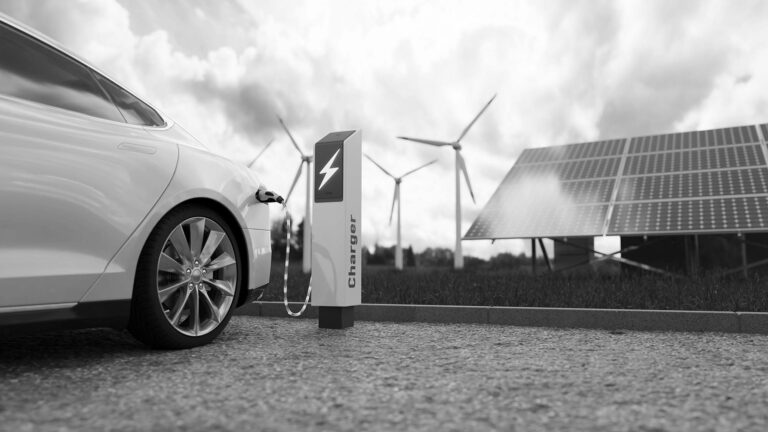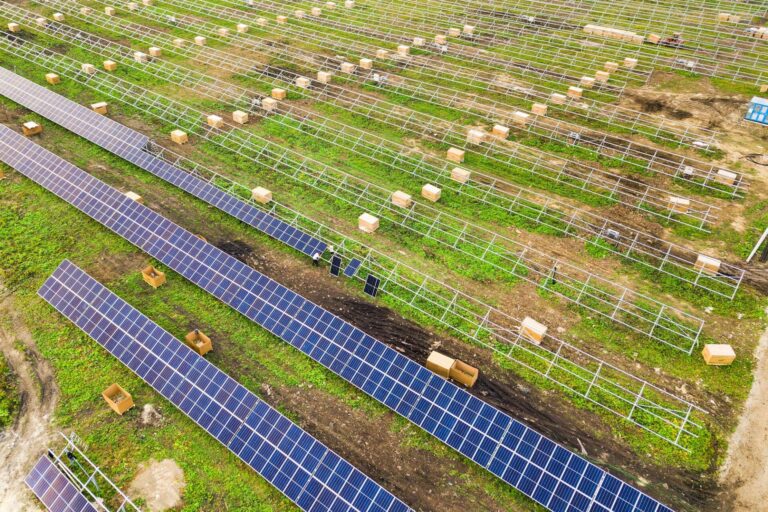When it comes to all things energy, both consumption and its generation, it seems as though it is a question of balance. How do we mitigate against the fuels needed to produce electricity, for instance? Light, heat, power, everything is part of a system and if anything is removed from the ecosystem, everything grinds to a halt. This is not scaremongering, creating problems where they need not be. The production of energy itself requires energy in order for it to be generated. Renewables are the ideal choice, but they are not always viable. So, how else can the maximum economic and environmental benefits be harnessed from the production of energy. Well, researchers that have been trying to answer that very question believe that they may have finally found an answer.
The concept of adapting existing materials is an alluring one. Design and execution are vital components of the building process, but if they could be utilized to go beyond their primary benefits, the industry could be on the cusp of something of a gamechanger. Until now, the pathway for more sustainable practices within the construction sector has been aimed at either reducing or eliminating emissions altogether. This is achieved through a combination of sustainable practices, environmentally minded materials, and the use of renewable energy sources. While most accept that this is the most sure-fire way to achieving net zero emissions, alternative ideas are always welcome. More recently, in fact, science has been stepping into the conversation, producing innovative techniques such as embodied and captured carbon. It seems that the sector has no plans to stop there either.
As more and more buildings turn to efficiency ratings, SMART compatibility or Passive features, the goal, it seems, is to make the building do some of the work itself. Imagine so, a building that could retain and deliver electricity through the process of conduction. The concept would produce, astonishingly, battery buildings.

Scientists at Lancaster University have been working with formulas to create a cement mixture that is capable of conducting electricity. Incredibly, this mixture, which uses an alkaline solution and the waste material fly ash is even cheaper to produce than Portland cement. According to project leader Professor Mohamed Saafi, from Lancaster University’s Engineering Department, the mixture conducts electricity via potassium ions that hop through the crystalline structure. “To make cement you have to mix the fly ash with an alkaline solution, in this case we use potassium hydroxide and potassium silicate. When you mix them together, they form a cement material, containing potassium ions that act as the electrolyte.”
“We have shown for the first time that KGP cement mixtures can be used to store and deliver electrical energy without the need for expensive or hazardous additives.”
This breakthrough is an exciting one for a number of reasons. Smart concretes themselves are not exactly new; however, with researchers from Japan first developing the idea back in the 1980’s. However, according to engineer Danna Wang, most of these are challenging to implement, using prohibitively expensive materials such as graphene and carbon nano-tubes. “High-performance cement-based composites require not only high compressive, flexural, and tensile strength, but also favorable workability and good durability.” As well as cost, these materials are designed for small scale projects only and their use in large structures is not possible.
The development from Lancaster University has identified a significantly cheaper alternative that is ideal for scaling up to the enormous super-structures that are already some of the most power intensive across the sector. It is a quick and cheap composite that is easy to produce. Additionally, because the electro-conductivity is achieved through potassium ions hopping through the crystalline structure, it does not require any expensive additional chemicals or additives. Incredibly, these hopping ions have the ability to store electrical energy. In addition to this, it has the capability to sense and respond to mechanical stresses. All this means that, when used correctly, these composites could store and discharge up to 500 watts per square meter. This could lead to, for example, houses storing daytime energy through solar panels, distributing the energy throughout the evening when needed. According to Prof. Saafi, the benefits of this technology could be wide reaching, suggesting that this composite could be an ideal solution for powering streetlights, which uses around 700 watts every night. “We have shown for the first time that KGP cement mixtures can be used to store and deliver electrical energy without the need for expensive or hazardous additives. These cost-effective mixtures could be used as integral parts of buildings and other infrastructure as a cheap way to store and deliver renewable energy, powering street lighting, traffic lights and electric vehicle charging points. In addition, the concrete’s smart properties make it useful to be used as sensors to monitor the structural health of buildings, bridges and roads.”

Incredibly, this is not the only research into electrified cement currently taking place. A second study being conducted in Massachusetts Institute of Technology (MIT) and Harvard University in the U.S. is exploring the potential uses of carbon block, a charcoal-like material that is created from incomplete combustion processes. According to Admir Masic, Scientist at MIT, the materials used are highly effective, and highly interesting. “”The material is fascinating, because you have the most-used human made material in the world, cement, that is combined with carbon black, that is a well-known historical material – the Dead Sea Scrolls were written with it. You have these at least two-millennia-old materials that when you combine them in a specific manner you come up with a conductive nanocomposite, and that’s when things get really interesting.”
How it works is that, through the reaction process of cement, water as absorbed, leaving tendril-like shapes in the cement which the carbon black fills. These essentially become wires and cabling, transmitting energy throughout the entire system, aiding conductivity, and essentially turning the cement into a large-scale battery for storing and transmitting energy. According to the researchers at MIT, there are many ways in which this technology can be harnessed. “These properties point to the opportunity for employing these structural concrete-like supercapacitors for bulk energy storage in both residential and industrial applications ranging from energy autarkic shelters and self-charging roads for electric vehicles, to intermittent energy storage for wind turbines.”
It seems that scientific research may be key to unlocking the challenges facing the energy network. With large-scale energy storage being an omnipresent difficulty, utilizing the very blocks beneath our feet, turning them into enormous batteries, is a potential boost of epic proportions to the infrastructure and energy networks.
https://www.lancaster.ac.uk/news/new-smart-cement-mixtures-could-turn-buildings-into-batteries


















